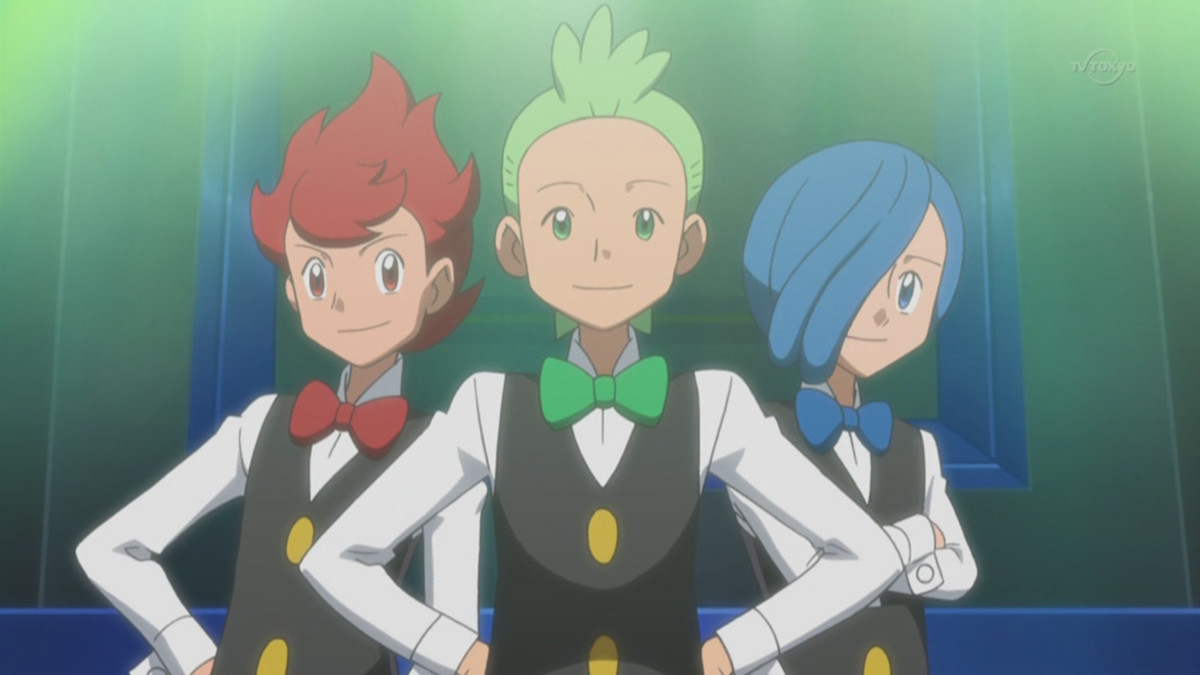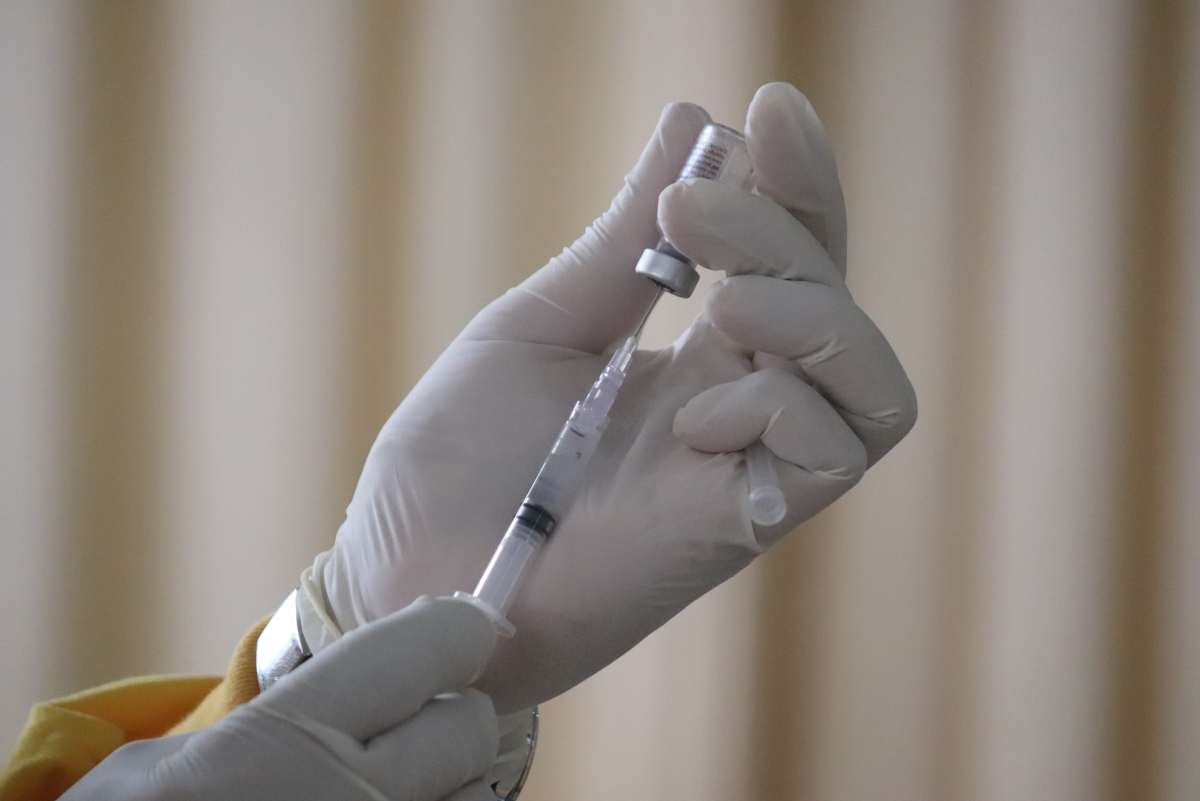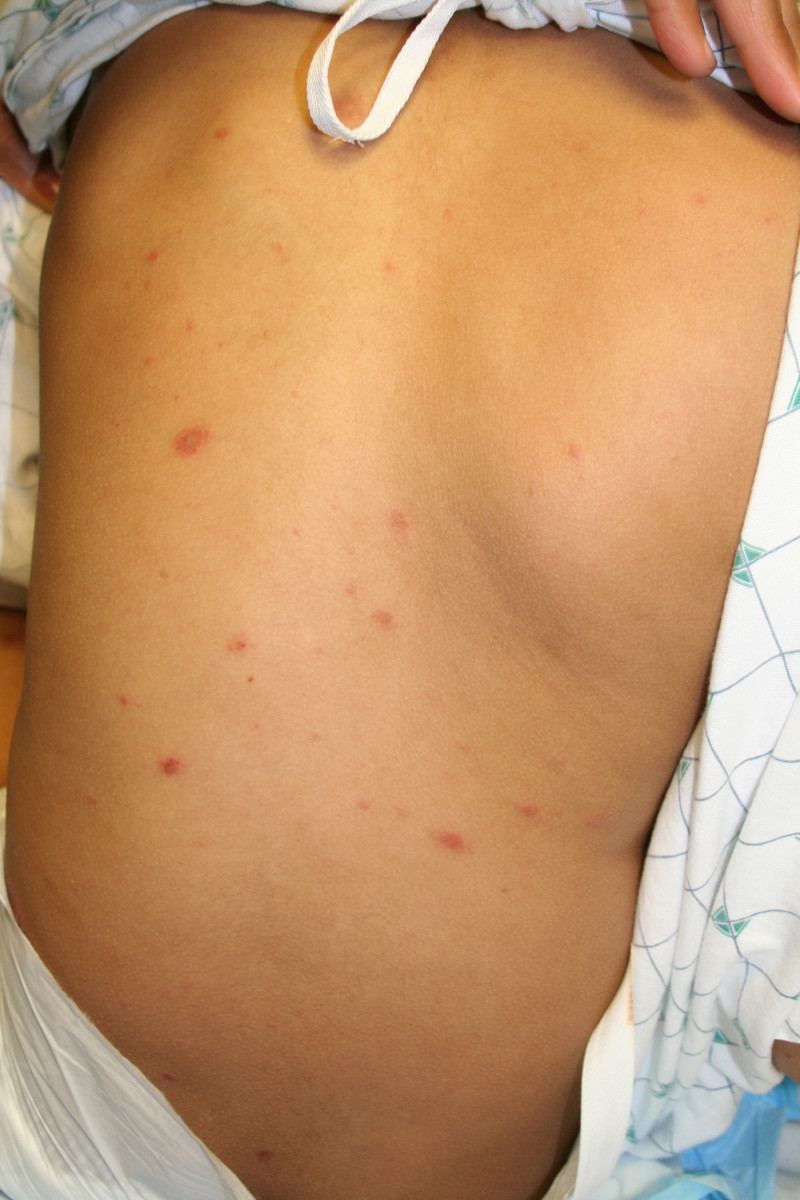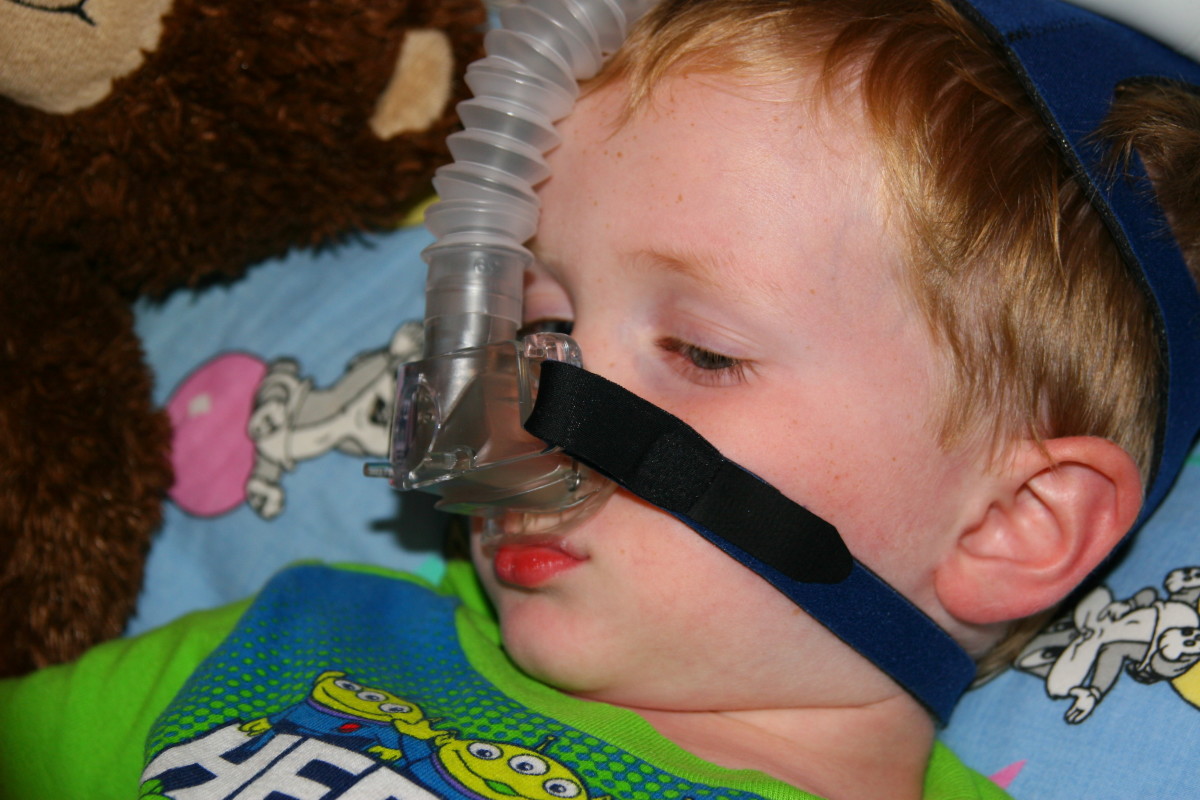Excuse Me MMR - Have You Heard the Fake News?
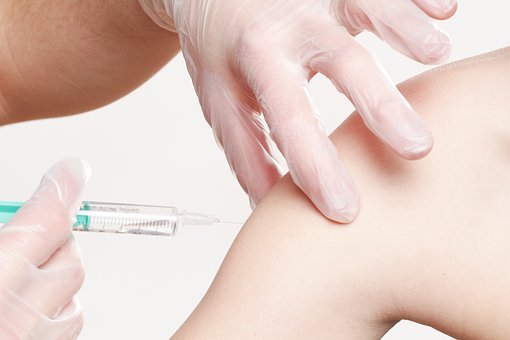
I genuinely thought this debate was resolved many years ago. But the continued supply of misinformation and the ease of sharing it to large numbers of people over social media has kept the fire burning. I am talking about the 'link' between the Measles, Mumps and Rubella (MMR) vaccine and autism, which, based on the overwhelming scientific evidence, is completely fabricated.
MMR is a live viral vaccine routinely administered to children in two doses. The first occurs at 12 to 15 months of age, and the second between 4 and 6 years of age. The medical community widely accepts the vaccine as safe and effective. According to The Centers for Disease Control and Prevention in The United States: even just "one dose of MMR vaccine is 93% effective against measles, 78% effective against mumps, and 97% effective against rubella." With the second dose increasing its efficacy even further.
Before widespread vaccination, measles alone caused an estimated 2.6 million deaths per year worldwide. In 2017, the number of deaths was down to 110,000. An amount the World Health Organisation (WHO) aims to decrease further by increasing its global vaccination program. But even still this is an astonishing improvement and evidence of the vaccine's efficacy - and that just the measles statistics.
The Controversy
Now let's investigate the extraordinary events that started a global wave of people against vaccines (called anti-vaxxers) and even today is still causing ripples. It all started with a paper published in The Lancet in 1998 by Dr Andrew Wakefield et al. In his study, he wrongly established a link between the MMR vaccine and the onset of autism. He found that "in eight children, the onset of behavioural problems had been linked, either by the parents or by the child's physician, with measles, mumps, and rubella vaccination." There are so many red flags in the study design alone to instantly question the findings. Most pressingly are that the study did not include a control group to allow us to determine if the link is causal or coincidental. Secondly, it only included 12 children, certainly not enough to provide statistical significance. The errors and implications of the study have since been identified. As a result, The Lancet retracted the paper from scientific literature, and Dr Wakefield was stripped of his medical licence for violating ethical codes. Unfortunately, the denunciation of Wakefield and his findings wasn't enough to end the story there.
The problem thereafter was caused by mainstream media and celebrities that jumped on board the bandwagon. Through the mid-2000s a movement led by Jennifer McCarthy helped popularise the link between autism and MMR, creating doubt and fear. Although vaccination rates generally remained high, it did lead to pockets of unvaccinated children. In one case a single intentionally unvaccinated child entered the United States unknowingly with measles and started an outbreak, eventually exposing a further 839 people to the virus. Just one example of how this movement has bought harm to the wider community and is undermining the global fight to eliminate these diseases.
The Evidence
Dozens of studies have proved the safety and efficacy of the MMR vaccine. In the aftermath of the Wakefield paper, the highly esteemed Cochrane Institute conducted a meta-analysis of such studies and trials involving 14,700,000 children. They found that there is no likely association of developing autism as a result of exposure to the MMR vaccine. The causal link proposed by Wakefield et al. between the two events is merely coincidental, as the onset of autism symptoms in children generally arrive months after the first scheduled vaccination, but not as a result.
The overwhelming scientific evidence backing the safety and efficacy of the MMR vaccine should first be studied if doubts about it arise. Indeed, I must emphasise that no credible evidence exists suggesting that it causes autism. It is a scary example of how one piece of flawed information can have dire consequences.
I leave you with some advice that I remind myself of when reading the news. Remember to always look for the evidence behind questionable claims. Look for credibility and merit, and check to see they have done their research. If not, do yours in search of the truth.
References
Centres for Disease Control and Prevention (CDC). 2019. Measles, Mumps, and Rubella (MMR) Vaccination: What Everyone Should Know. [https://www.cdc.gov/vaccines/vpd/mmr/public/index.html]. Accessed 3 April 2019.
Deer B. How the case against the MMR vaccine was fixed. BMJ 2011; 342: c5347.
Demicheli V, Rivetti A, Debalini MG, Di Pietrantoni C. Vaccines for measles, mumps and rubella in children. Cochrane Database Systematic Reviews 2012.
Gerber JS, Offit PA. A Tale of Shifting Hypotheses. Clin Infect Dis 2009; 48(4): 456-461.
Rudy LJ. Why Do People Think the MMR Vaccine Causes Autism? Very Well Health. 2019. [https://www.verywellhealth.com/the-mmr-vaccination-autism-controversy-260556] Accessed 3 April 2019.
Taylor B, Miller E, Farrington C et al. Autism and measles, mumps, and rubella vaccine: no epidemiological evidence for a causal association. The Lancet 1999; 353: 2026-2029.
Wakefield AJ, Murch SH, Anthony A, et al. Ileal-lymphoid-nodular hyperplasia, non-specific colitis, and pervasive developmental disorder in children. The Lancet 1998; 351: 637–41.
World Health Organisation (WHO). 2018. Measles Key Facts. [https://www.who.int/en/news-room/fact-sheets/detail/measles] Accessed 3 April 2019.
This content is accurate and true to the best of the author’s knowledge and is not meant to substitute for formal and individualized advice from a qualified professional.
© 2020 Sam Porter

